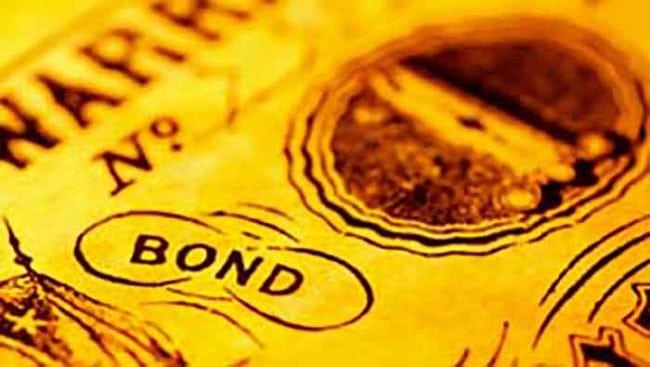Indeed, while there is no available data yet for net fund flows in November and December, the £10.96bn invested into fixed income funds this year eclipses the £3.99bn raised throughout the entire of 2016 as investors seemingly adopted a defensive stance.
Taking the lion’s share of the bond inflows this year has been the IA Sterling Strategic Bond sector, attracting £5.77bn, of which £3.6bn came in between August and October. The next best seller was the Global Bonds sector, with net inflows of £1.56bn, followed by the Sterling Corporate Bond sector, which attracted £1.43bn of inflows.
While most investors will have used bonds as a defensive option, it’s worth looking at the returns given back and it was the Sterling High Yield sector, attracting £368m throughout the year, which ranked highest with a 5.88% return over the year to 19 December according to FE Analytics.
The next best sector was Sterling Strategic Bond, which registered a 5.09% fund average gain, followed by the Global Emerging Market Bond peer group, where the average fund was up 4.88%. Bringing up the rear were UK Index Linked Gilts, where the average fund was up just 0.52%, followed by UK Gilts which rose 0.89%.
With a return of 9.47%, the £550m Schroder High Yield Opportunities Fund took top spot in the High Yield sector, with no funds in the 30-strong peer group experiencing a negative return.
Turning to the larger Sterling Strategic Bond sector, where 83 funds reside, it was the £117m Tideway Hybrid Capital Fund which produced the strongest return, rising 16.72%. In top spot in the Global Emerging Market Bond sector was the $356m Luxembourg-domiciled GAM Multibond Emerging Markets Opportunities Bond Fund, which has gained 12.65% so far in 2017.
Ben Yearsley, a director at Shore Financial Planning, says that in his view the popularity of bond funds in 2017 is a reflection of risk reduction, profit taking and the fact many markets are at all time highs.
“Interestingly though, is it really reducing risk by going into bonds?” he says. “With a rising rate environment bond returns could well be lacklustre. I’m pleased the Strategic Bond sector is the main beneficiary, this is the main sector we use, as managers have the most flexibility to navigate choppy markets ahead.”
Within the bond holdings across Iboss’s range of Oeics, Chris Rush, senior investment analyst, says it has opted to introduce a heavy short-dated element through passive funds.
“We use the L&G Short Dated Sterling Corporate Bond Index, Royal London’s Short Duration Global Index Linked and the Vanguard UK Short-Term Investment Grade Bond Index which, muck like cash, should offer downside protection in the event of an equity market sell off or a rise in interest rates,” he says.
“These short-dated bond funds sacrifice a bonds maturity premium and therefore, whilst correlated with other corporate bond funds, provide lower volatility and potentially lower risk.”
Article continues on next page…






